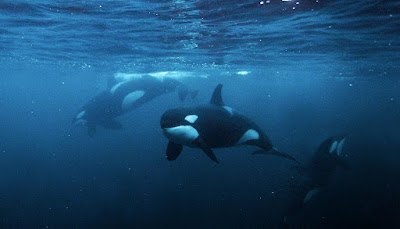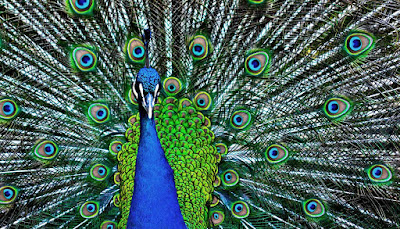HOW DID ORCAS AND BATS BOTH EVOLVE ECHOLOCATION?
Researchers have uncovered hereditary resemblances amongst species that use echolocation.
Transformative adjustments such as echolocation that are common by unrelated species occurred partially because of similar, independently acquired hereditary changes, inning accordance with the new study.
Game Tembak Ikan Dengan Deposit
Insect-eating bats browse easily at night and dolphins and awesome whales demolish victim in murky waters many thanks partially to specific changes in a set of 18 genetics associated with the development of the cochlear ganglion—a team of nerves that transmit sound from the ear to the mind, inning accordance with the new study.
Remarkably, these very various species evolved their unique ability to use acoustic waves to browse and determine challenges and delicious morsels, be they mosquito or minnow, partially by obtaining similar mutations in their genomes—mutations not common by various other, more closely related species such as humpback whales, which patiently sieve the sea for krill, or fruit bats, which look for fixed, yummy-smelling treats.
The exploration refixes a enduring organic debate as to whether echolocating bats and whales have independently gone through many comparable genomic changes "under the hood" to accomplish the same objective. It also unlocks to understanding more about the molecular basis for human conditions as varied as deafness, skin sores triggered by high cholesterol, and elevation illness, the scientists say.
"Not just is it breathtaking to see how these very various species sculpted their own transformative niches on their own through independently obtaining comparable hereditary changes, it is beneficial to our understanding of our own physiology and development," says Gill Bejerano, partner teacher of developing biology, of computer system scientific research, of pediatric medicines, and of biomedical information scientific research at Stanford College.
"Developing biologists have lengthy wondered whether, at one of the most basic degree, something that is the same on the outside—like species that use echolocation—are the same on the inside. That's, do they obtain these characteristics through comparable molecular changes? Currently we understand that not just is this real at the very least some of the moments, but also that many of these changes occur in the coding area of the genome. It is interesting."


